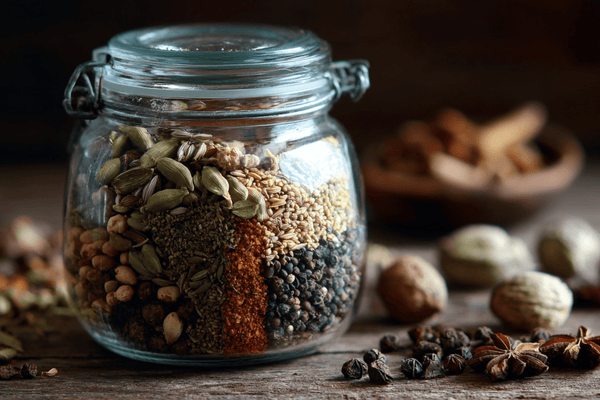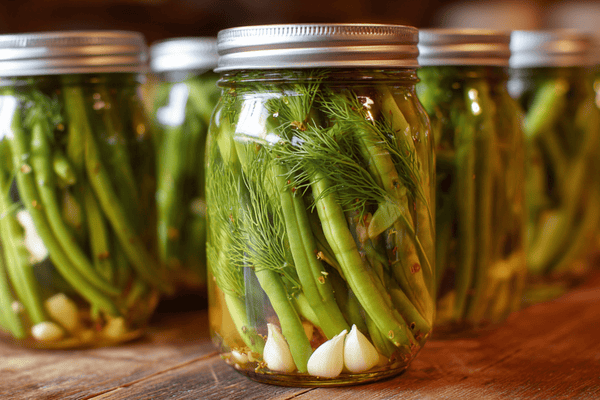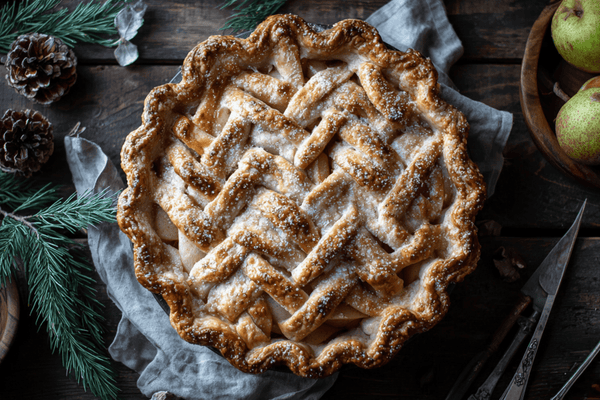
If you are new to high-quality kitchen knives and, in particular, Japanese knives, then you’ll find that many of the world's leading chefs will hold their knives in a very specific way. While cutting food might seem like a simple task, there is actually a subtle art form to it, with different techniques yielding different results.
One of the knife skills you will need to learn is the grip, as the way that you hold a knife (especially Japanese knives) will dictate the results you get from it. Not only will the correct technique lead to an easier, quicker, and more accurate cut with the majority of food types, but it will also prevent injury, as the incorrect grip can be a leading cause of severe cuts and lost fingers.
The most popular technique that Japanese chefs use to hold their knives is referred to as the pinch grip. The pinch grip offers the most control as you cut and offers more flexibility for wrist movement. This technique allows Japanese chefs to utilise a range of cutting techniques including chopping, slicing, dicing and mincing, whilst maintaining complete control over the knife at all times.
It’s not uncommon to see someone grab a knife and hold it like a hammer (with fingers and thumb wrapped tightly around the handle) and while this might seem like a safe and proper grip, it’s actually the complete opposite.
In this article, we’ll not only explain why Japanese knives are designed to be held in a certain way, but also what the most common grip is that’s used by most Japanese chefs. There are also a few other popular variations that we will touch upon as well.
Table of contents
how to hold a Japanese knife and How do Japanese chefs hold their knives?
Japanese knives are designed to be lightweight and well-balanced from tip to handle. This is an intentional design, as Japanese knives are sharp enough that they should be the item doing the majority of the work and should pass through the food seamlessly with minimal physical exertion for the user.
Take the handle for example, in almost every instance a handle is designed to be held; however with Japanese knives, the handle can often act as a counterbalance to the knife’s blade, and is used to evenly distribute weight rather than strictly being “held”.
This might seem like a strange comment to make, however, the reason for this is because the most common grip that Japanese chefs use, involves holding the knife mostly by the blade and only partially by the handle. This gripping technique is better known as the pinch grip.
Pinch Grip or the Blade grip

The pinch (a.k.a. the blade grip) grip is a technique that involves holding the knife with the thumb and index finger. The rest of your fingers rest under or around the handle and are only used to support the knife rather than control it.
The pinch grip is a common knife grip and a technique that is used by both Japanese chefs and chefs in the Western world, though the profile of most Japanese knives, which are wider and have a larger heel, better support this technique.
To utilise the pinch grip, you hold the knife with your thumb on one side of the blade and your index finger on the other side in a pinching motion (hence the name). Most will hold the blade directly above the heel and close to where the blade meets that handle as this is usually the center of the knife and offers the most balance and control during use. With the pinch grip, you’ll find that you can move the knife around freely and with ease, this is in contrast to holding it by the handle where you are further away from the knife’s tip and will resultantly have less control.
To demonstrate this further, imagine holding a large broom by the top of the handle and then trying to control the brush at the other end, the further you are away from the point of contact, the less control you will have, and this is why the pinch grip is such a commonly used technique, as your hand is closer to the food that you are cutting.
A blade grip, is not a suitable technique for all types of knives and cutting styles though, and it’s most commonly used with a more traditional Japanese chef's knife like a Santoku or Gyuto.
These knives are versatile, all-purpose knives, that also have a wider blade for the user to grasp. Shortly we’ll cover another technique that is equally popular with Japanese chefs, but is used for more specific tasks like precise cuts or filleting and cutting fish.
Point Grip

Another common grip that you will see Japanese chefs use, is known as the point grip. This involves placing the index finger onto the spine of the knife to focus on the precision of a cut and is used for decorative cuts, filleting and finely slicing fish, or for detailing cuts with the tip of the knife.
A point grip is also used for knives that are particularly long and thin like a Yanagiba, which is a knife used for sushi and sashimi dishes. Here, a great deal of accuracy is needed to produce fine and decorative cuts with the fish and vegetables.
Hammer knife grip

The hammer grip, which we earlier referred to as being a limiting and sometimes dangerous grip (particularly for novices), is still a grip style that is needed for certain tasks.
While Japanese knives are ultra-sharp and are designed to pass through food with minimal force from the user, there are still some instances when some force is needed and this is when you would look to use the hammer grip.
The hammer grip is where you hold the knife completely by the handle. This gives maximum grip but minimal control, as your hand is furthest away from the tip of the blade. A hammer grip is used to cut through bone, dense meat and fish, cartilage and large/tough fruits like pineapple and melon.
As a result, hammer grips are often used with cleavers, where less focus is placed on cutting accuracy, or with a bread knife, whereby the long blade needs a firmer grip to control it.
Claw Grip and the placement if the index finger

The claw grip is not a technique that Japanese chefs use to hold their knives, but instead it’s how you grip the food with your other hand to protect the fingers that are holding the food item. This is an aspect that is often overlooked, and one that can lead to injuries if you don’t pay equal attention to your non-knife holding hand.
The claw grip is a technique that is used to keep your fingertips out of the way, whilst still being able to hold the food steady as it’s being cut.
Japanese knives are designed to be ultra-sharp and also to hold their edge well over time. Catching your fingertip with one of these knives is almost a guarantee to a severe cut or worse, losing parts of your finger indefinitely!
To utilise the claw grip, place your fingertips onto the food and pull them back towards the palm of your hand so that they are curled away from where the knife will be cutting. As you do this, your knuckles should then be the furthest part forward, and this will act as a guide for your knife.
The knuckle on your middle finger will act as a cutting guide, and you can place the flat side of the blade against this knuckle to act as a consistent and safe guide. Your fingers should always stay behind this knuckle, and your thumb should always be tucked back behind the food.
The thumb is easily forgotten with this technique, and can therefore be prone to end up in a potentially dangerous position. A conscious effort should be made to keep your thumb tucked close to the palm of your hand. You can even hold it against the far end of the food to act as a constant contact point.
Extra Tips on handling a Chef Knife Safely and improving your knife skills
Finding the correct grip for you is one of the most important things that you can do to help ensure safe knife skills. This is especially important when it comes to using larger and heavier knives, like a cleaver or a chef’s knife. the more you hold a chef's knife the more natural it will feel when you use it. Practice on a cutting board and make sure the cutting board cant move about a great tip is to place a folded kitchen towel under the cutting board this stops it from moving about and helps to prevent any unwanted accidents. When using a chef’s knife, always cut with a slicing motion with the knife blade rather than trying to chop downwards. Chopping can be dangerous as it increases the chances of the knife slipping and hitting your fingers. Make sure all your fingers are in the claw grip and Remember to keep your fingers tucked in behind the knuckle, your middle finger will act as a guide for the blade. But it’s not just the type of handle grip that you need to be aware of or how to hold a Japanese knife, first and foremost, always be aware of where your fingers are in relation to the blade – even when you are using safe grip accidents can still happen. And always cut away from your body, keeping the knife blade pointing towards the cutting board at all times.
Final Thoughts
If you’ve ever seen a skilled Japanese chef display unbelievable knife control, then you’ll find a few things contribute to this; years of practice mastering their craft, the correct tools for the job, and of course the correct grip/technique.
The Blade grip, point grip, and claw grip are just some of the most commonly used grips by Japanese chefs (and also chefs worldwide for that matter). There are other specialty grips used for a variety of different cutting techniques.
If you are new to cutting, then the pinch grip used alongside the claw grip will be the most efficient and safest grips that you can use. Once you’ve mastered these, then you can try to learn some of the more complex grips and cutting techniques.


